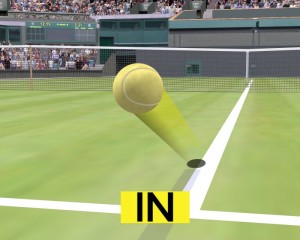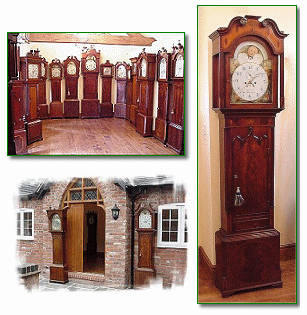Earlier this year there was a minor frenzy in the press when
a GCSE exam question was posted on social media as being “too difficult” and
“impossible”. It was, of course, a
mathematics question. The question told
pupils that Hannah had a bag containing a total of n sweets of which 6 were
orange. It said the chances of Hannah picking two orange sweets one after the
other was one third and then said “use that” to prove that n²-n-90=0.
Now read on, if you dare; that is the only bit of
mathematical notation in this article. The
question suffered from two things.
First, the setter had not suggested any of the logical stages involved
in translating the words in the problem into mathematics. But, second, the question had introduced that
“awful thing”, a quadratic equation. And
for many people, that is the nightmare remembered of school mathematics. “What’s the use of quadratic equations?” has
become a cry of desperation!
Quadratic equations, like much of mathematics, are tools for
describing what happens in the world in a way which helps the world to be
understood. Learning their name and
shape, or any other bits of mathematics, should be seen as one of those life
skills that one needs to know exists, like knowing that salt contains sodium,
or that the River Thames flows through London – something to know, even if you
don’t use that information very often. To
tell, the truth, even mathematicians will go through their professional lives
without often needing to solve such equations.
If that skill were really needed in everyday life, we would buy
calculators with a button to solve them.
But that doesn’t mean that the equations themselves are irrelevant. And you can find evidence of them in St
Leonard’s.
The first place you will encounter those dreadful equations
is on the roads. When I took the driving
test, the Highway Code gave stopping distances for cars in feet; now it uses
metres, even though the car speeds are still given in miles per hour. So a car travelling at 20mph has a “thinking
distance” of 6 metres, and a stopping distance of 6 metres. Go twice as fast, and a car travelling at
40mph has a thinking distance of 12 metres (twice as much) but a stopping
distance of 24 metres (four times as much).
Look at other speeds: 30 mph has the distances 9 metres for thinking and
14 metres for stopping, and 60 mph has 18 metres (twice as much as thinking at
30mph) and 55 metres (about four times as much for stopping). There’s a rule here: thinking distance is
proportional to the speed; stopping distance is proportional to the square of
the speed. The overall distance is a
quadratic equation depending on the car’s speed. So, be careful when you step into the road
without looking; that car breaking the speed limit may not be able to stop in
time.

If you have crossed the road safely, wander along to one of
the tennis courts and watch the players; whenever they hit a ball, it will fly
along a path whose height is another quadratic equation. Once the ball leaves the racquet, gravity
pulls it down. So instead of following a
straight line through the air, it follows a curve, and the amount it deviates
from a straight line depends on both the time since it was hit and the square
of that time – yet another quadratic equation.
(That’s what Hawkeye uses at Wimbledon.)
There is also some air resistance, which a more advanced equation will
include. If tennis is not your game, the
flight of a cricket ball at Exeter School, or on the cricket ground at County
Hall, after it has been hit and has lost most of its spin, is also explained by
a quadratic equation. The fielder who
catches the ball has solved that equation!


If you are fortunate to have a pendulum clock at home, then
that depends on a third quadratic equation.
The time it takes for the pendulum to swing is linked to the length of
the pendulum by another quadratic equation.
Grandfather clocks have a pendulum which takes one second to swing,
which means the gears in the clockwork are simple to make, but also means that
the grandfather clock needs a long case.
Back to the streets of St Leonard’s for the final quadratic
equation; you’re bound to find someone chatting on their mobile phone (though
not while driving!). All the electronic
bits and pieces inside that phone needed someone to describe the movement of
electrons using quadratic equations. The
same is true for that noisy radio you hear through an open window. Maybe the designer of that radio shouldn’t
have learnt about quadratic equations!
(Published in St Leonard's Neighbourhood News, September-October 2015. I know that I have used the word "Equation" a little loosely, where "Expression" would be more accurate, but I was writing for a non-mathematical readership.)












































